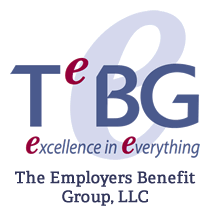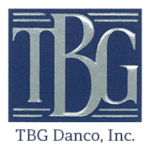Captive insurance sounds exotic and complex, but it is neither.
Funding medical stop loss in a captive is a great way for employers who self-fund their health coverage to add a layer of protection from excessively high individual or aggregate health claims.
By joining an existing group medical stop loss captive, employers are still able to customize their plan rules, coverage levels, and details such as deductibles and copays. Employers must remain in compliance with the federal laws that govern self-funded insurance policies. Employers are also able to choose their own provider networks and third party administrators. Members are connected through a stop loss program purchased through a medical excess insurer.
Before deciding how, to buy stop-loss, an employer’s plan needs to evaluate their various exposures to health insurance claims. We begin with a group of 10 to 15 employers, each with between 300 and 1,000 employees. For each employer, we determine its optimal level of self-insurance based on loss experience. The two major steps in an analysis include:
- Performing analytics to understand your own exposures based upon your employees and your healthcare benefits design.
- Evaluating the efficiency of each financing source, including access to self-insurance, commercial stop loss products and alternative captive stop loss across various risk layers.
From this point there are many ways in which a group stop-loss captive can be structured.
We welcome your investigating this coverage further to see what financial advantages are available to your organization.
The information and opinions expressed are those of the author. TeBG, LLC provides general information and background on selected topics. Please seek professional legal and tax advice from your own advisors.


